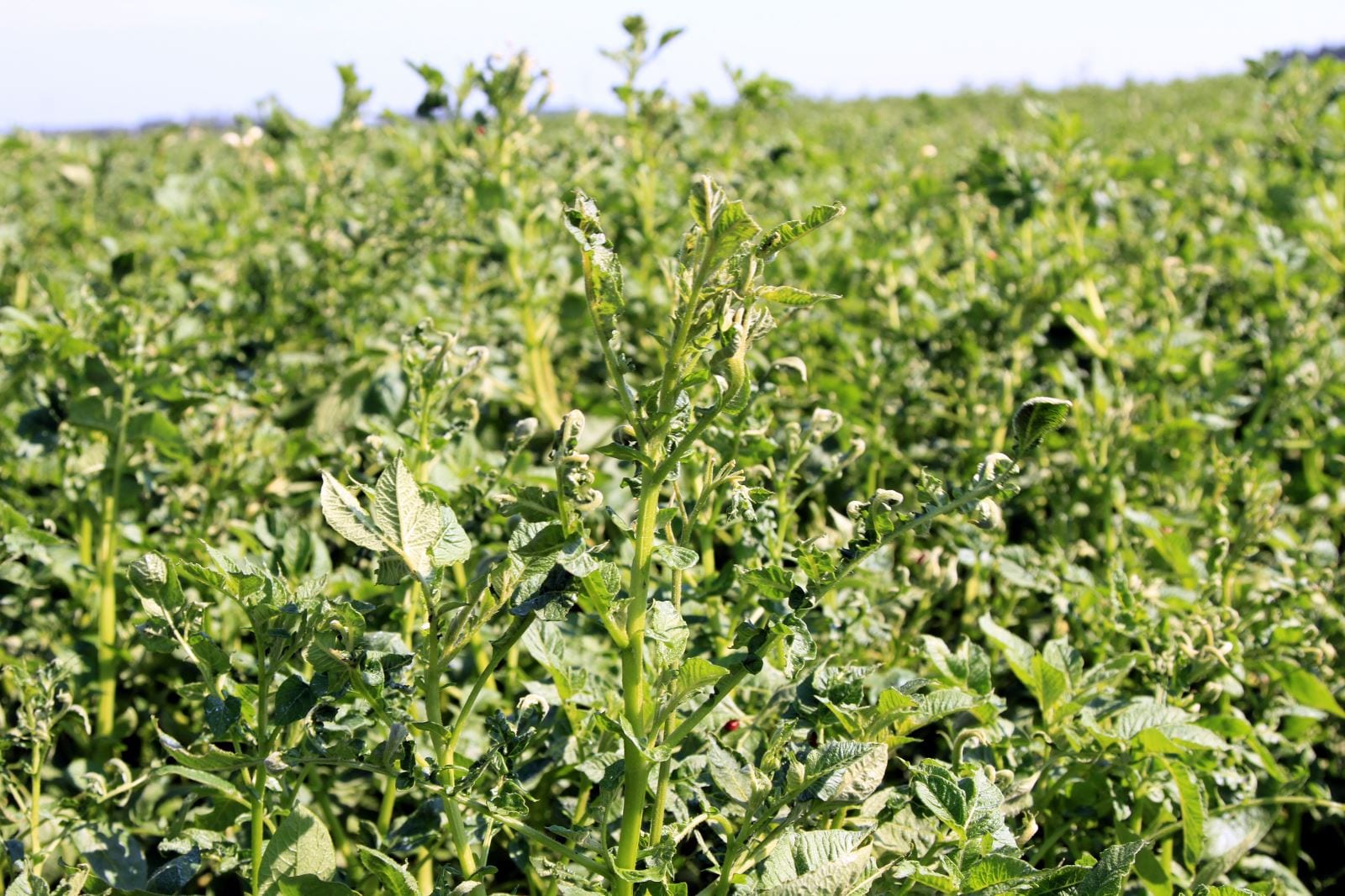BOZEMAN — Montana State University Extension has a new, free, 40-page color booklet available about diagnosing herbicide injury on plants.

“While herbicides are useful tools for managing weeds, sometimes they can also injure desired plants,” said Noelle Orloff, a diagnostician in the Schutter Diagnostic Lab. “This injury is referred to as non-target injury, or damage to plants other than the target weeds intended to be controlled by an herbicide application.”
Orloff said non-target herbicide injury is a continuing concern in Montana. For example, plant samples assessed for herbicide injury symptoms by MSU’s Schutter Diagnostic Lab increased 90% between 2013 and 2018, from 60 to 115 samples annually. The new guide is part of a response to help MSU Extension agents and others diagnose herbicide injury issues. Orloff said diagnosis can be difficult because symptoms may look like those caused by insects, disease or weather conditions. Another goal of the guide is to help pesticide applicators understand and prevent common causes of non-target herbicide injury, Orloff said.

The guide describes common causes of non-target herbicide injury, such as herbicide drift and herbicide carryover; operator error and faulty application equipment; and environmental and plant factors that make herbicide injury more likely. It summarizes how to prevent herbicide injury, then describes how to diagnose herbicide injury, including a list of evidence to gather and questions to ask.
It also includes a key to plant symptoms, as well as photos and descriptions of plant symptoms for different types of herbicides. The guide is written by Orloff; Jane Mangold, MSU Extension invasive plant specialist; and Tim Seipel, MSU Extension cropland weed specialist. The printed guides are funded by a grant from USDA-NIFA.
The booklet is also available as a downloadable PDF and as an HTML website

